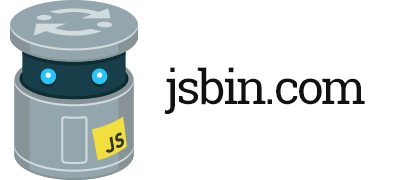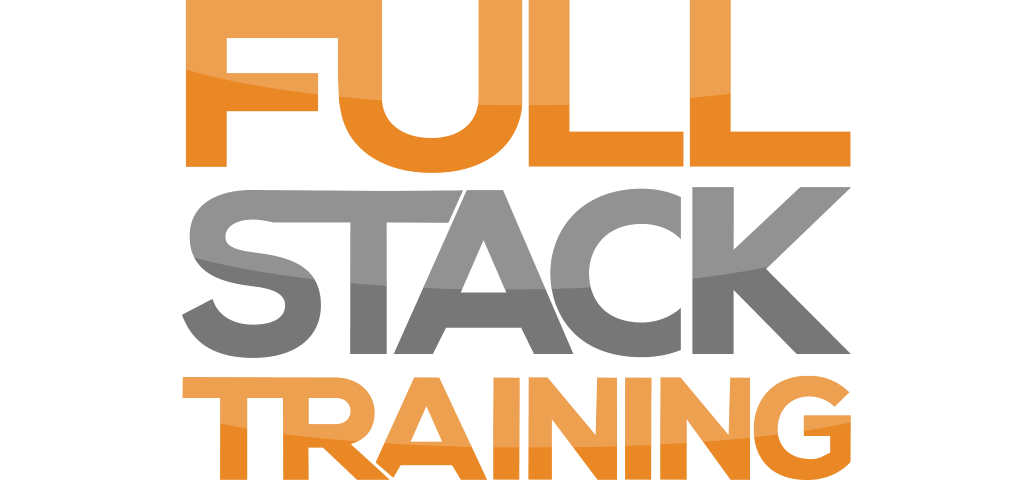Sessions

Building the Physical Web together

Moving seamlessly through offline and online

Self-hosted JS

Lean Mean CSS Machine

A Single Page Story
Single page apps have become a legitimate part of the web, but what role should they play? Where do they shine? Where do they fail? How should we think about them and how can we evaluate tools for building them? We will opine on the tradeoffs of abstractions and frameworks and share &yet's impetus for creating Ampersand.js.

Tools for the 21st century musician
In this talk we'll learn how Web Audio works and how we can use it to design and play sounds with incredible accuracy, which enables us to create our own real-time instruments and interactive experiences. We'll also identify the ferocious gotchas that are waiting to bite you when you least expect them, and gain valuable Web Audio debugging skills using Firefox's developer tools. At the end of the talk you'll be all set in your path to become 21st century music pioneers—or at least have a ton of creative fun!

Getting Close with the Web










